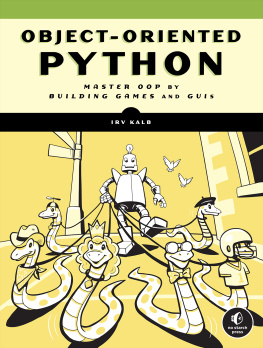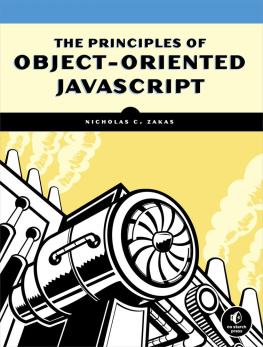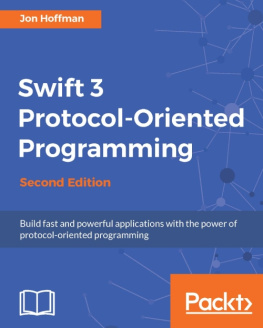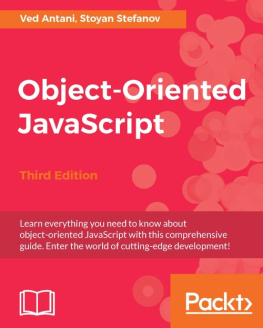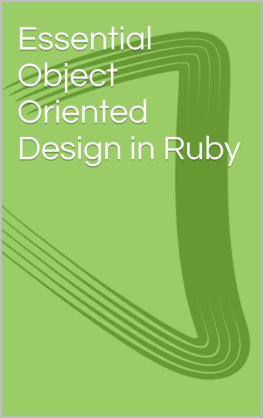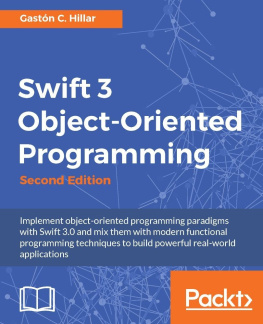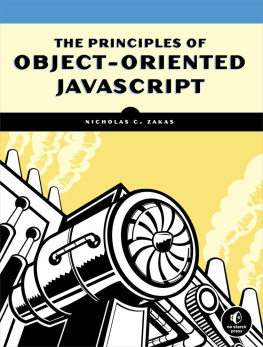Sandi Metz [Sandi Metz] - Practical Object-Oriented Design: An Agile Primer Using Ruby, 2/e
Here you can read online Sandi Metz [Sandi Metz] - Practical Object-Oriented Design: An Agile Primer Using Ruby, 2/e full text of the book (entire story) in english for free. Download pdf and epub, get meaning, cover and reviews about this ebook. year: 2018, publisher: Addison-Wesley Professional, genre: Computer. Description of the work, (preface) as well as reviews are available. Best literature library LitArk.com created for fans of good reading and offers a wide selection of genres:
Romance novel
Science fiction
Adventure
Detective
Science
History
Home and family
Prose
Art
Politics
Computer
Non-fiction
Religion
Business
Children
Humor
Choose a favorite category and find really read worthwhile books. Enjoy immersion in the world of imagination, feel the emotions of the characters or learn something new for yourself, make an fascinating discovery.
- Book:Practical Object-Oriented Design: An Agile Primer Using Ruby, 2/e
- Author:
- Publisher:Addison-Wesley Professional
- Genre:
- Year:2018
- Rating:3 / 5
- Favourites:Add to favourites
- Your mark:
Practical Object-Oriented Design: An Agile Primer Using Ruby, 2/e: summary, description and annotation
We offer to read an annotation, description, summary or preface (depends on what the author of the book "Practical Object-Oriented Design: An Agile Primer Using Ruby, 2/e" wrote himself). If you haven't found the necessary information about the book — write in the comments, we will try to find it.
The Complete Guide to Writing Maintainable, Manageable, Pleasing, and Powerful Object-Oriented Applications
Object-oriented programming languages have a point of view about how best to model the world. They exist to help you create beautiful, straightforward applications that are easy to change and simple to extend. Unfortunately, the world is awash with object-oriented (OO) applications that are difficult to understand and expensive to change. Even though theyre written in OO languages, these applications fail to achieve the promise of OO because their code doesnt reflect the right mindset. The purpose of Practical Object-Oriented Design, Second Edition, is to solve that problem by immersing you in an OO mindset. It teaches powerful, real-world, object-oriented design techniques using simple and practical examples. It will change the way you think about code.
Sandi Metz has distilled a lifetime of conversations and presentations about object-oriented design into a proven set of OO practices for crafting manageable, extensible, and pleasing code. She demonstrates how to build new applications that can survive success and how to repair those that have become impossible to change. Each technique is illustrated with extended examples in the easy-to-understand Ruby programming language, all downloadable from the companion website, poodr.com. Fully updated for Ruby 2.5, this guide shows how to:
- Decide what belongs in a single class
- Avoid entangling objects that should be kept separate
- Define flexible interfaces among objects
- Reduce programming overhead costs with duck typing
- Successfully apply inheritance
- Build objects via composition
- Design cost-effective tests
- Solve common problems associated with poorly designed object-oriented code
Whatever your previous object-oriented experience, this concise guide will help you achieve the superior outcomes youre looking for.
Sandi Metz [Sandi Metz]: author's other books
Who wrote Practical Object-Oriented Design: An Agile Primer Using Ruby, 2/e? Find out the surname, the name of the author of the book and a list of all author's works by series.

![Sandi Metz [Sandi Metz] Practical Object-Oriented Design: An Agile Primer Using Ruby, 2/e](/uploads/posts/book/124107/thumbs/sandi-metz-sandi-metz-practical-object-oriented.jpg)
